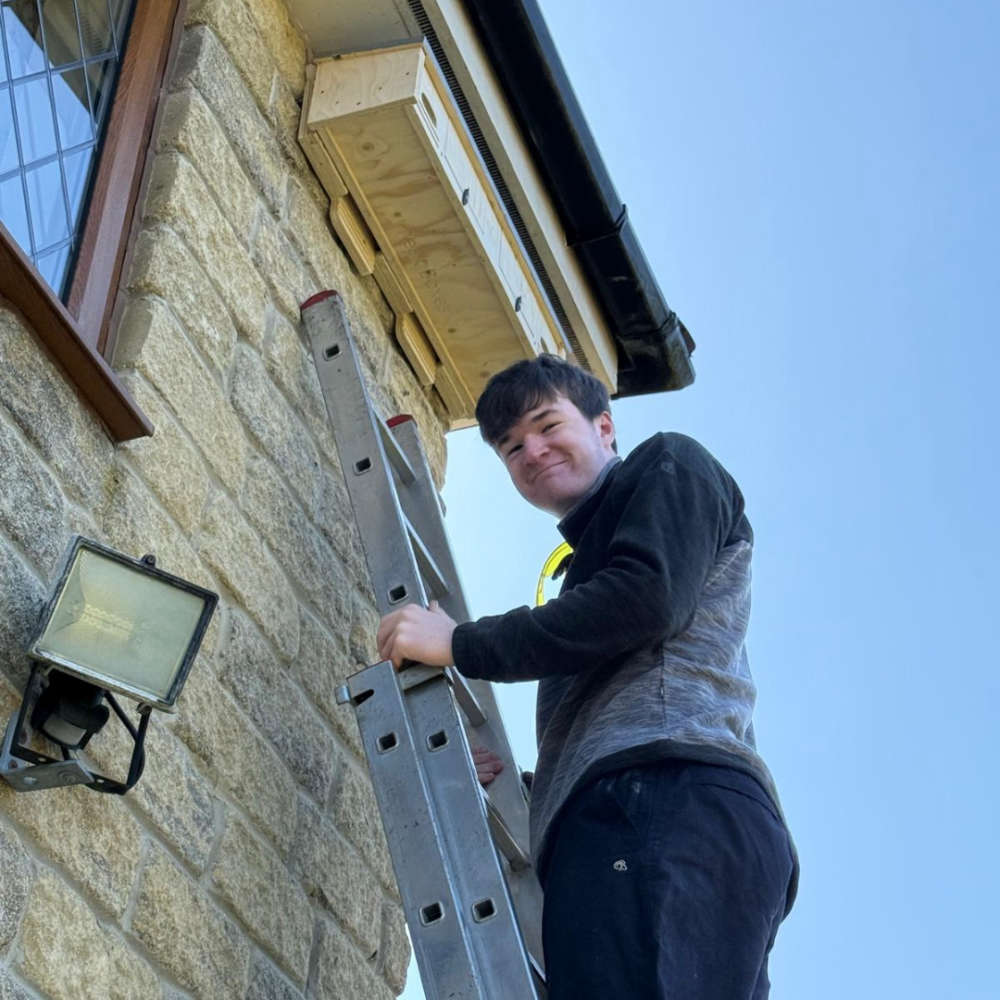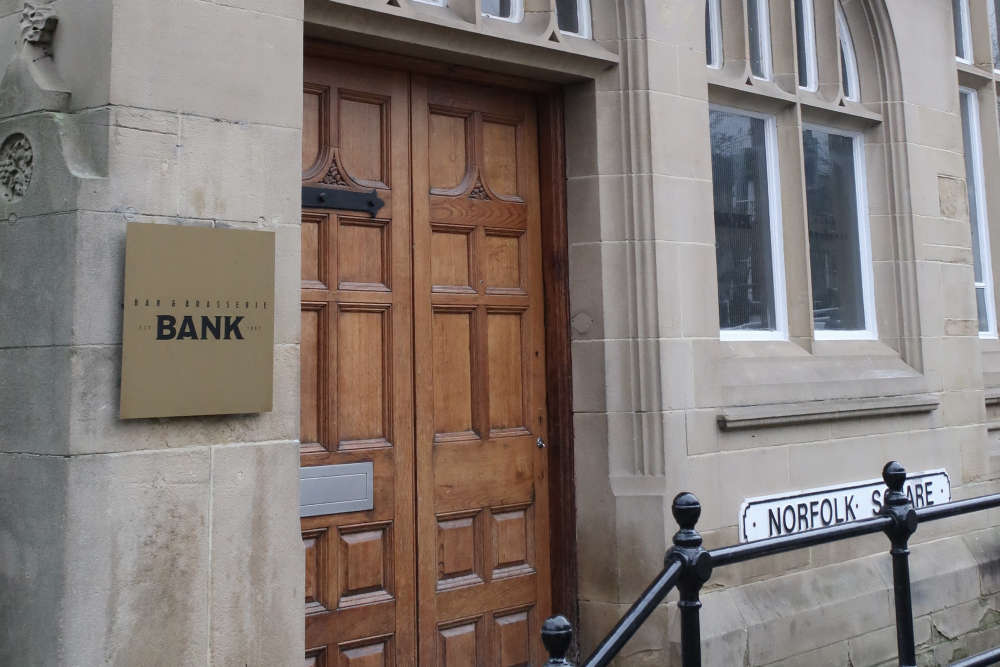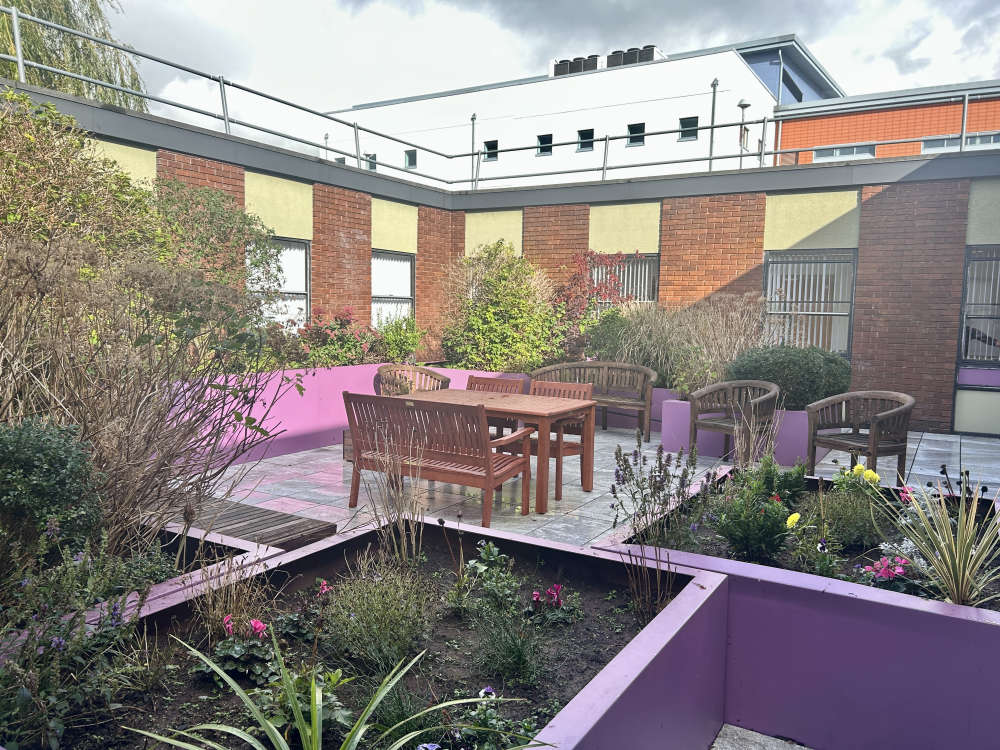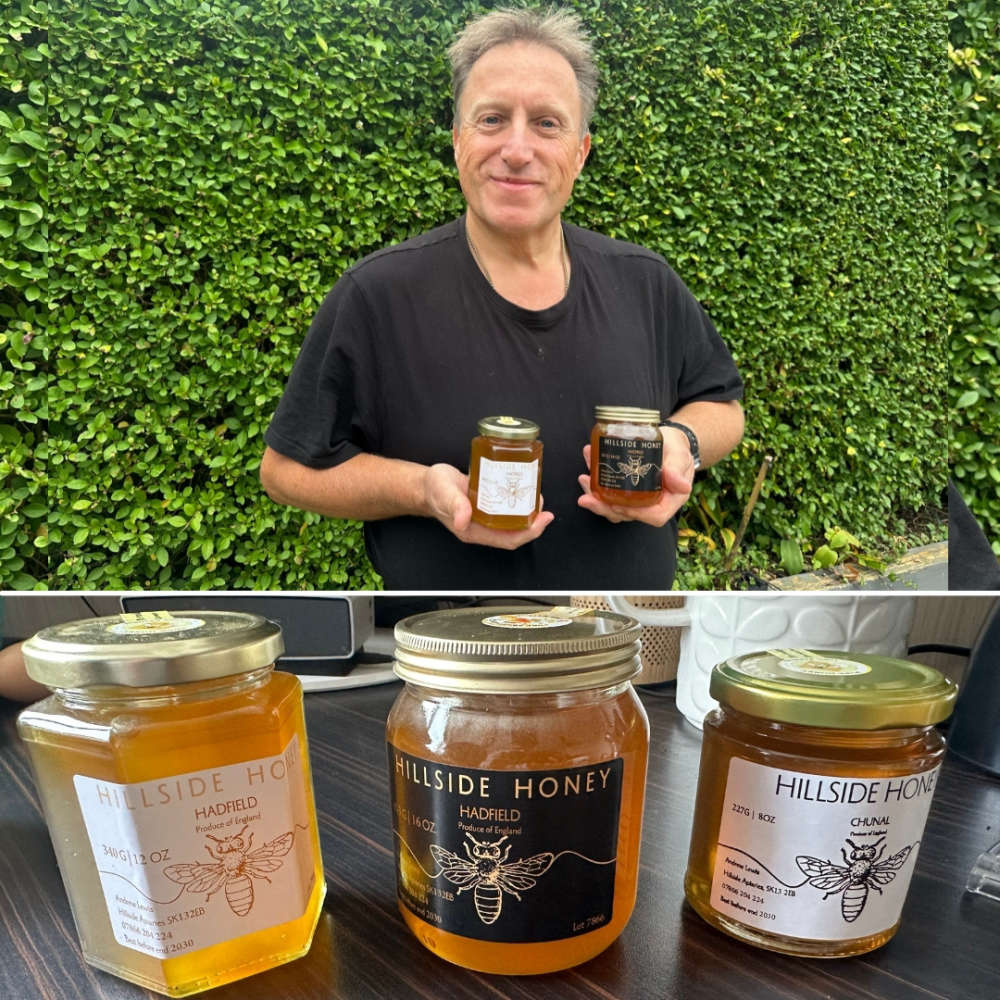
Residents in Old Glossop are eagerly awaiting the return of a very special summer visitor.
Last year, migratory swifts were discovered nesting in the area. In response, the community acted quickly by putting up nest boxes to help support and grow the colony.
One of the true signs of summer, these iconic birds visit Britain each year alongside swallows and house martins, flying up from Africa in order to make the most of the longest daylight hours from mid-May to mid-August. Their visit coincides with an abundance of insects, which makes their incredible 12,000 mile journey worthwhile, as it provides a brief window in which these birds can find enough food to be able to nest, lay an egg and raise a chick to fledge.
Many people are unaware that what sets swifts apart from other birds is that they spend almost all their lives in the sky. You will never see a swift balanced on a wire - that would be a swallow or a martin!
One of the earliest birds to evolve after the dinosaurs, swifts have the tiniest of feet that only allow them to land and shuffle into a hole in order to nest. Once baby swiftlets have fledged, which is as soon as they fall out of the darkness of their nest, they are on the wing and will never land for another three or four years, until they become mature enough to breed.
What they lack for in landing, they make up for in the air, as swifts are the fastest bird in horizontal flight in the world. They eat, sleep and mate all while flying and their acrobatic skills are second to none, making for some of the most amazing birdwatching you will ever see!
Small and black with scimitar-shaped wings, swifts like to nest communally and are often spotted flying past in ‘screaming parties’, so named as their calls to each other are affected by the speed of their flight, and so appear as a screech to humans. For many, this is the true sound of summer.
Sadly, swift numbers have declined dramatically by 62% in the last 20 years. This is due to two main reasons: a reduction in insect numbers which form their diet; and a loss of nest sites.
Although swifts used to nest in holes in cliffs and mature trees, they have evolved along with humans and the built environment, taking advantage instead of cracks in walls and below eaves to find a space in which to nest.
As older buildings are improved and soffits replaced by plastic, swifts have been excluded from their former nesting sites. Sadly, as they remain faithful to the same nest spot for life, when a pair return to find their hole gone, they will be thwarted for that season and most likely will not nest again.
Residents Rebecca and Paul Bridges have seen swifts flying high overhead, feeding on the insects above the fields in Old Glossop for over twenty years. However, after reading about the plight of these special birds, they decided to turn their lawns into meadows with wild areas to provide more habitat for insects and to install swift boxes with an MP3 ‘swift caller’ in order to attract their attention.
The swifts showed interest straightaway by flying low and inspecting the boxes, but it took four years until a pair spent hours at a time in one box last summer. Although they didn’t nest, this could hopefully be a young pair prospecting for the 2025 season.
After linking up with Deborah Pitman, a volunteer for Derbyshire Swift Conservation, Rebecca found that swifts were nesting locally in Old Glossop. This is good news as some of their previous nest sites, at the demolished Volcrepe factory and the revamped Wren’s Nest mill building, have been lost.
The Old Glossop Residents’ Association (OGRA) has now stepped in to help preserve and grow the local swift population, setting a biodiversity target and installing eight new swift boxes around the area in time for this year’s arrivals.
In February, Barbara Fearnley hosted a fundraising coffee morning at Glossop Parish Church as part of their ‘Show the Love’ campaign. There was a fantastic turnout, raising an impressive £500 to support the project. A special shout out must go to Sonja Quirk, Glossop Glass & Glazing and Shepley's Cafe for their generous donations.
Thanks also to artists Deborah Pitman and Fenn Bartels for their craft activity. Fifteen beautiful puppet swifts were made for the puppet show in April as part of Derbyshire Makes Festival. These funds were used to purchase further boxes from Peak Boxes in the Hope Valley, which have been installed locally and close by to the existing colony, just in time for the swifts’ return.
Warm thanks also go to Mack, Sonja and John Quirk, and Alan Turner for their ongoing help and support. Organisers say the project is just beginning, and they’re keen to hear from other residents who want to get involved with this long-term project.
Swifts have already been spotted in Derbyshire; they are arriving earlier than usual this year due to the warm dry weather. Of the migratory birds, they are the last to arrive and the first to leave, so keep your eyes on the skies and your ears open for that familiar summer screech.
You can take part in the endeavour to log them by visiting: https://www.rspb.org.uk/helping-nature/what-we-do/protecting-species-and-habitats/swift-conservation-take-part-in-swift-mapper
Photo: Joiner Alan Turner and Jane Clegg from Shepley's Cafe



 Historic Glossop bank gets new life
Historic Glossop bank gets new life
 Swizzles grant to transform Macmillan unit garden into sanctuary
Swizzles grant to transform Macmillan unit garden into sanctuary
 Council gift free parking for festive season
Council gift free parking for festive season
 Hadfield man is buzzing with sweet success!
Hadfield man is buzzing with sweet success!


